Turtles Among Us
This summer, just a few miles upriver from here, I sat watching the sun rise on the Hudson, over a flotilla of nearly 100 canoes and kayaks, beached for the night. As I watched the light on the water, a head poked up and moved directly toward me. When she hit the shallows, her shell rose from the water and she strode up the bank on powerful legs and looked me right in the eye, as if she wanted to ask me something. And why not?
She and I, we go back a long time, to a story we both remember, part of the Creation story told by the first people of this place.
In the beginning, there was the Skyworld, where people lived much as they do on Earth, alongside the great Tree of Life, on whose branches grew seeds and fruits and medicines, all the gifts of the plants on a single tree. One day, a great wind felled the tree and a hole opened where its roots had been. When a beautiful young woman—called in our language Gizhkokwe or Skywoman—ventured to the edge to look down, she lost her footing. When she reached out to the tree to stop her fall, a branch broke off in her hand.
She fell like a maple seed pirouetting on an autumn breeze. A column of light streamed from a hole in the Skyworld, marking her path where only darkness had been before. But in that emptiness, there were many gazing up at the sudden shaft of light. They saw there a small object, a mere dust mote in the beam. As it grew closer, they could see that it was a woman, arms outstretched, long black hair billowing behind as she spiraled toward them.
The geese nodded at one another and rose as one from the water in a wave of goose music. She felt the beat of their wings as they flew beneath and broke her fall. Far from the only home she’d ever known, she caught her breath at the warm embrace of soft feathers. And so it began. From the beginning of time, we are told that the very first encounter between humans and other beings of the Earth was marked by care and responsibility, borne on the strong wings of geese.
The world at that time was covered entirely by water. The geese could not hold the woman much longer, so they called a council of all the beings to decide what to do. As Turtle floated in the watery gathering, he offered to let her rest upon his back. The others understood that she needed land. The deep divers among them had heard of mud at the bottom of the water and agreed to retrieve some. One by one, the animals offered their help—the otter, the loon, and the beaver. But the depth, the darkness, and the pressures were too great for even these strongest of swimmers who came up gasping. Only the little muskrat was left, the weakest diver of all. He volunteered to go while the others looked on doubtfully. His small legs flailed as he worked his way downward. He was gone a very long time. They waited and waited, fearing the worst for their relative. A stream of bubbles rose, and the small limp body of muskrat floated upward. But the others noticed that his paw was tightly clenched, and when they pried it open, there was a small handful of mud. Turtle said, “Here, spread this mud on my back and I will hold it.”
Skywoman did as Turtle asked and then began to sing her gratitude and then dance. As her feet caressed the Earth, the land grew and grew from the dab of mud on Turtle’s back. From the branch in her hand, she seeded the Earth with green. And so, the Earth was made. Not by one alone, but from the alchemy of two essential elements of gratitude and reciprocity. Together, they formed what we know today as Turtle Island.
In this creation story, the Earth is made of gifts and gratitude. And perhaps that is what the Earth continues to ask of us today. Gratitude for all that we have been given.
Gratitude may seem like weak tea given the desperate challenges that lie before us, but it is powerful medicine, much more than a simple thank you. Gratitude pulls us into relationship with other entities, reminding us that our very existence relies on the gifts of others. Gratitude calls us to acknowledge the personhood of all beings, from maple trees to snapping turtles.
And gratitude is humbling, an antidote to the arrogance of our time. It reminds us that we are just one member of the democracy of species. It reminds us that the Earth does not belong to us. Indigenous story traditions are full of cautionary tales about the failure of gratitude. When people forget to honor the gift, the consequences are always material as well as spiritual. The spring dries up, the corn doesn’t grow, the animals do not return to the ones who neglected gratitude. The western storytelling tradition is strangely silent on this matter, and so we find ourselves in an era when we are rightly afraid of the climate we have created.
This human emotion has adaptive evolutionary value because it engenders practical outcomes for sustainability. The practice of gratitude can, in a very real way, lead to self-restraint, to not taking more than you need. Gratitude is most powerful as a response to the Earth because it calls us to reciprocity, to the act of giving back.
The next step in our cultural evolution—if we are to persist as a species on this generous planet—is take to heart Skywoman’s first lesson and be living expressions of gratitude to the earth.
Each summer, I teach at a remote wilderness field station in the Adirondacks, forming a community of scientists and students, surrounded by intact ecosystems where it is abundantly clear that the land and other species are the sources of our knowledge. We may think we’re learning about them but, in fact, we are learning from them. One of our best teachers returns every summer, just after the summer solstice, clambering her way up a steep bluff from the lake, under cover of darkness, to lay her eggs in the warm open sand of our volleyball court. With powerful, bear-like paws, she flings the sand aside, digging furiously. Her sharp snouted mouth, open and gasping for breath, she rests for a minute and digs some more with fierce maternal commitment and utter disregard for the students who surround her, snapping photos as eggs, like leathery ping pong balls, leave her body. When she has covered them safely, she entrusts them to the Earth and makes her way back to the water.
As predictable as the solstice, she comes every year. We know her by the little notch marked in the edge of her shell. There’s lots of sand on the lake, hundreds of good places for a snapping turtle nest, but for some reason, this one chooses to bring her offspring to us. Our students are thrilled, of course, to be witnesses; it is a highlight of their field biology summer. But they also want to play volleyball. So the herpetology class carefully unearths the eggs, and with loving care, take the eggs to another site they have prepared and measured to be sure it’s a good place to incubate—warm sand, safe from predators, so the snappers will hatch.
As Skywoman will attest, snapping turtles have been here since the beginning. They are ancient beings who walked with dinosaurs. Snapping turtles are long-lived solitary beings. Basking with their shells floating in the sun, they leave the water only to lay eggs and can make extensive overland journeys to find just the right spot—like our volleyball court.
This year, on the very next day, there was another mother in just the same spot. That had never happened before. The next day, there was another. And another. One day, there were two—one basking right on the welcome mat of the camp headquarters. In all, more than a dozen snapping turtles came among us, in as many days. A deluge of turtles.
As scientists, we were asking, “Why? Why did all of these turtles come to us in unprecedented numbers?” When our students went to find suitable transplant sites for the repeated batches of new eggs, they found one answer. The usual sandspits were underwater. The students wandered around with thermometers trying, in vain, to find good places. The exposed sandy banks, which were usually dry and sun-warmed, were now cold and wet. Unusually heavy rains this year had flooded their usual nest sites. As the lake level rose, they had to seek out higher ground. The snapping turtles had become climate refugees.
But here’s the thing that haunts me. There are lots of sandy places on our lake. Why our wholly artificial rectangle of sand? Why would reclusive, solitary beings struggle up a rocky bluff and walk into a community of 100 scientists? Why did they come to us, to do their most important thing, not hidden, not covert, but as if demanding to be the center of attention?
Shouldn’t we be paying attention when the turtles head for high ground and wander among us with a kind of desperation? When, at their most vulnerable, they come to us? There are many ways to ask “Why?” and many ways to answer. Science, as a way of knowing, armed with models to predict the coming changes and thermometers to seek out refuges, is a powerful tool for addressing climate change. But it is not the only one. Which is why a scientist stands here before you—yes, listening to the indisputable data, and listening to a message carried by snapping turtles. The ones who carry the Earth upon their back, walking into our midst with a message we reach to understand.
I think the Earth asks more of us than gratitude. The Earth asks that we give our gifts in return so that the world can continue. This is the message carried by those turtles. They are asking us to remember the covenant of reciprocity, they are asking us to honor an agreement: that at the beginning of the world they were our life raft, and now, so much closer to the end, we must be theirs.
Turtles among us. How do we respond to their urgency when we sit at a tipping point on climate when our plant and animal relatives are disappearing? It can no longer be business as usual. It’s no longer a matter of small acts of stewardship, not enough to tenderly move the eggs from one place to another when there are no more places for them to go. Not enough to write praise songs for turtles, not enough to study the hormones that turn all the eggs to males when the temperature rises, not enough to write a regulation to manage lake levels. The Earth asks us to use our considerable gifts in return for all we have taken. We need a movement, made of equal parts outrage and compassion. We need voices raised in a mighty shout on behalf of Turtle Island.
And so it is, on the banks of the Hudson, another turtle walked from the water, looked at the resting canoes, looked at me, and nodded in approval. Some of those canoes began their journey in a small creek in the territory of the Onondaga Nation, where the story of Skywoman is also remembered. But the Onondaga were not paddling alone. We paddled in two distinctive lines, one of indigenous paddlers and one of their allies. We paddled in two rows to commemorate the 400th anniversary of the Two Row Wampum, a treaty document whose beads recount an agreement between the original peoples and the newcomers of how we shall live together, sharing the River of Life which carries both the native canoes and the settlers’ ships. It is an agreement to respect one another’s sovereignty, while caring for the gifts of the Earth. It is an agreement that both peoples will protect the River of Life.
Artwork by Gaia Orion
Our Quarterly Cover Contributor, Gaia Orion, is a visionary artist that has gained international recognition by participating in many worldwide projects that are working toward constructive world change. She has exhibited in Paris, New York, San Francisco and Toronto as well as in Mexico, Spain, Germany, Hungary, Russia and Bali. MORE
But our leaders have not honored that agreement, neither to the treaties nor to the Earth. And so, that summer, hundreds of people set aside business as usual, to join an epic journey, paddling from Onondaga to carry the message and the wampum all the way to the United Nations. We were met by thousands along the shore, who also set aside business as usual to stand up for the River of Life.
If our leaders don’t lead, then we have to. If all our leaders ask is that we are quietly complicit to destruction, we say, “We are a better species than that.” All over Turtle Island, people are rising up to reclaim their roles as caregivers for the Earth, to be more than consumers, to be givers.
We humans carry gifts of our own; we are scientists and storytellers. We are change makers, we are Earth shapers riding on the back of the turtle. If the leaders don’t lead, we have to join together and paddle against the wind, paddle against the tide, singing our hearts out. This is what the Earth asks of us, that when the turtles come among us, asking for help, we humans remember the covenant of reciprocity, seeking what Onondaga Clan Mother Audrey Shenandoah called “justice not only for ourselves, but justice for all of creation.”


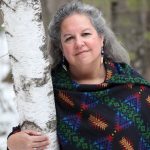
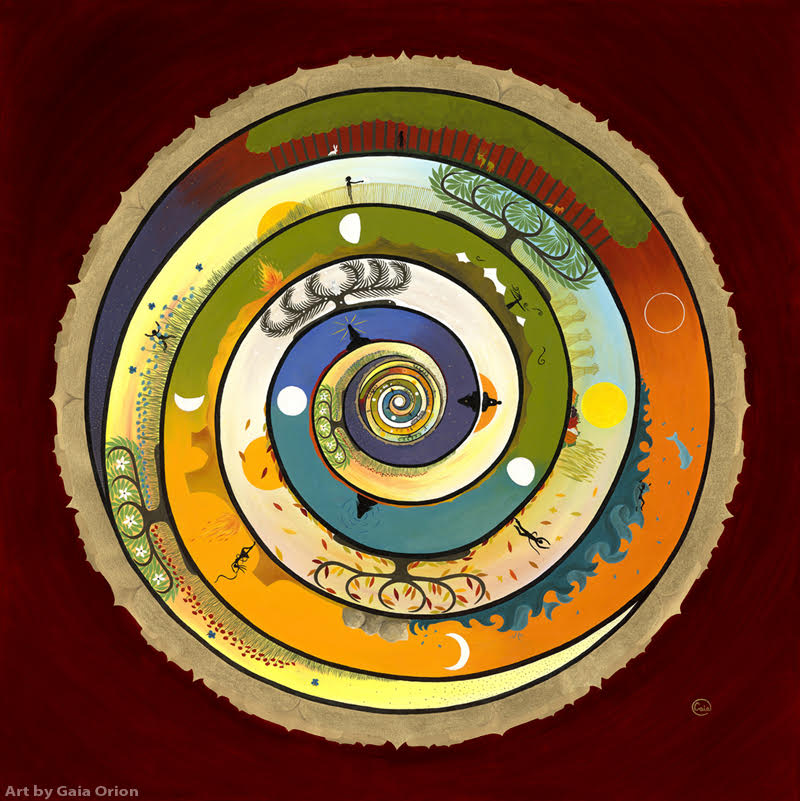
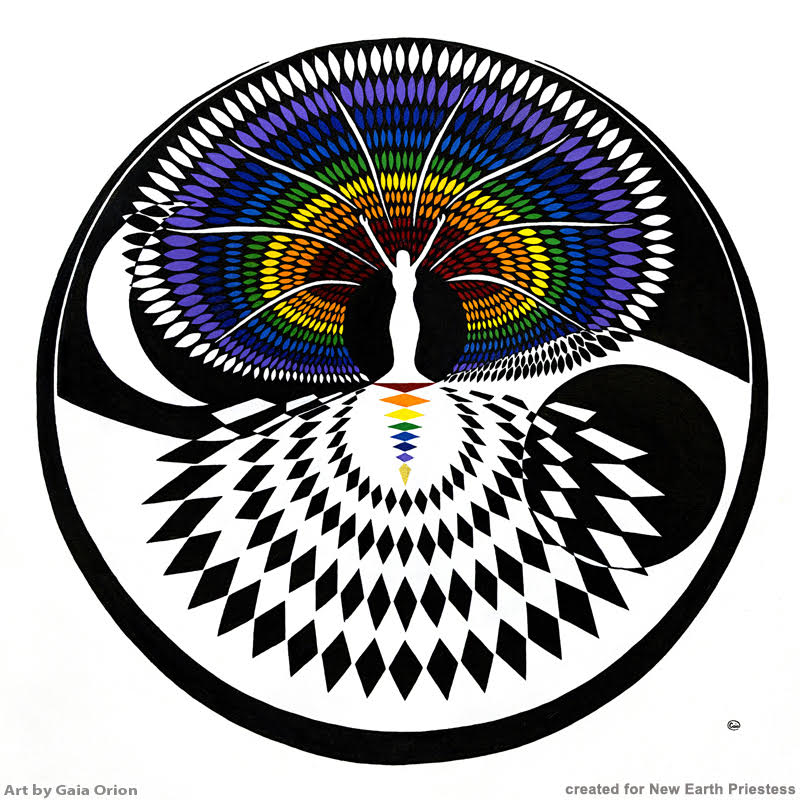
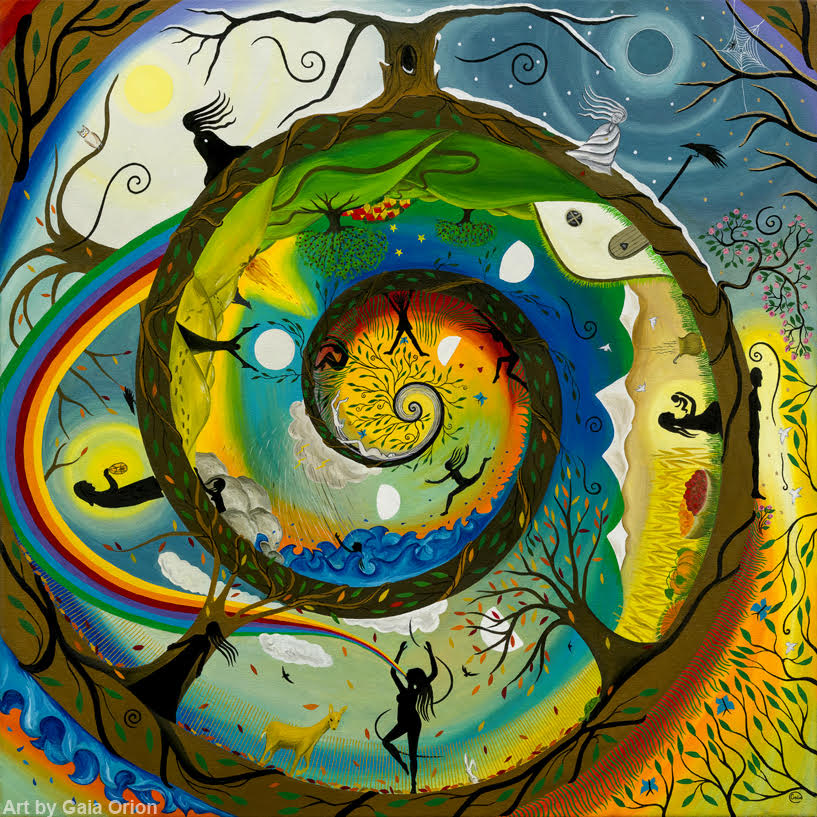
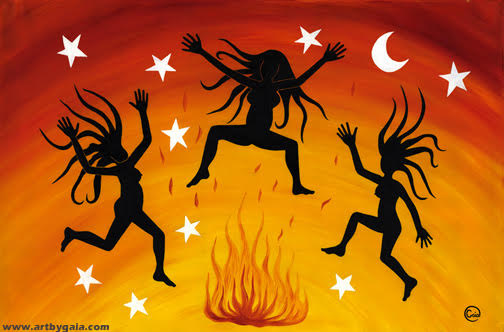
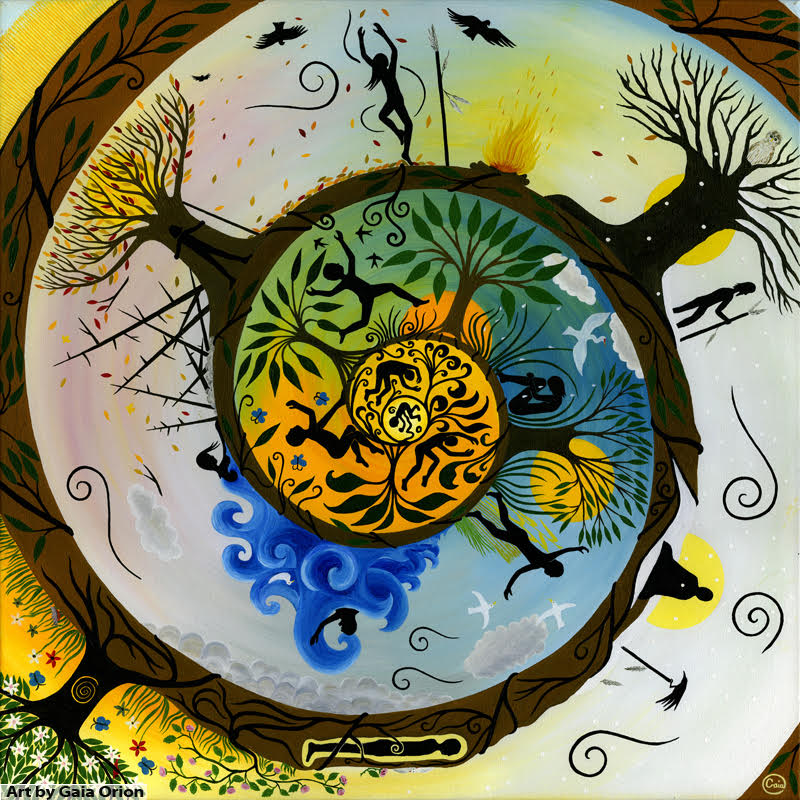
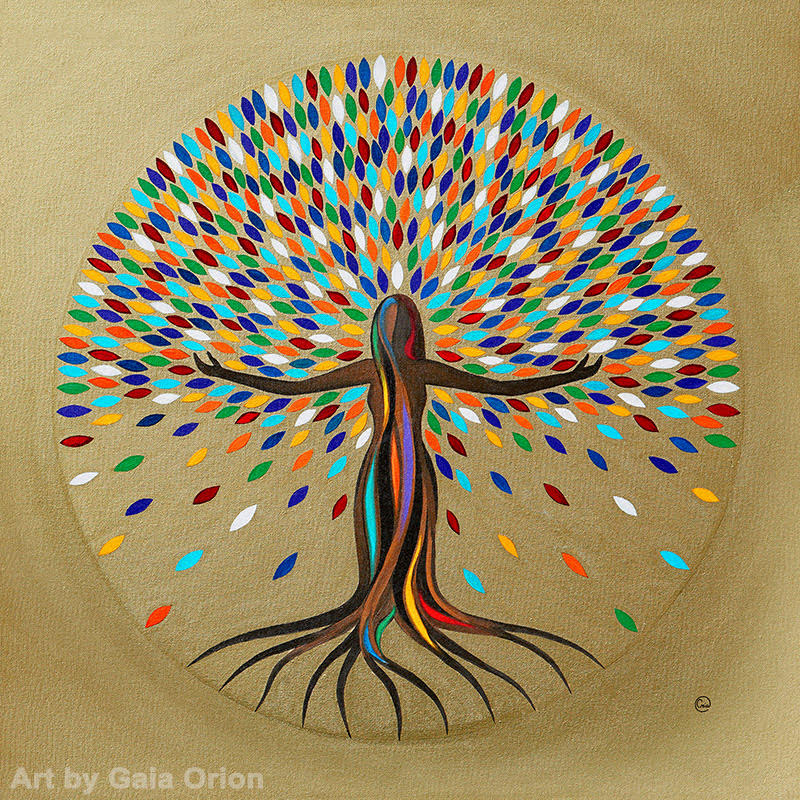
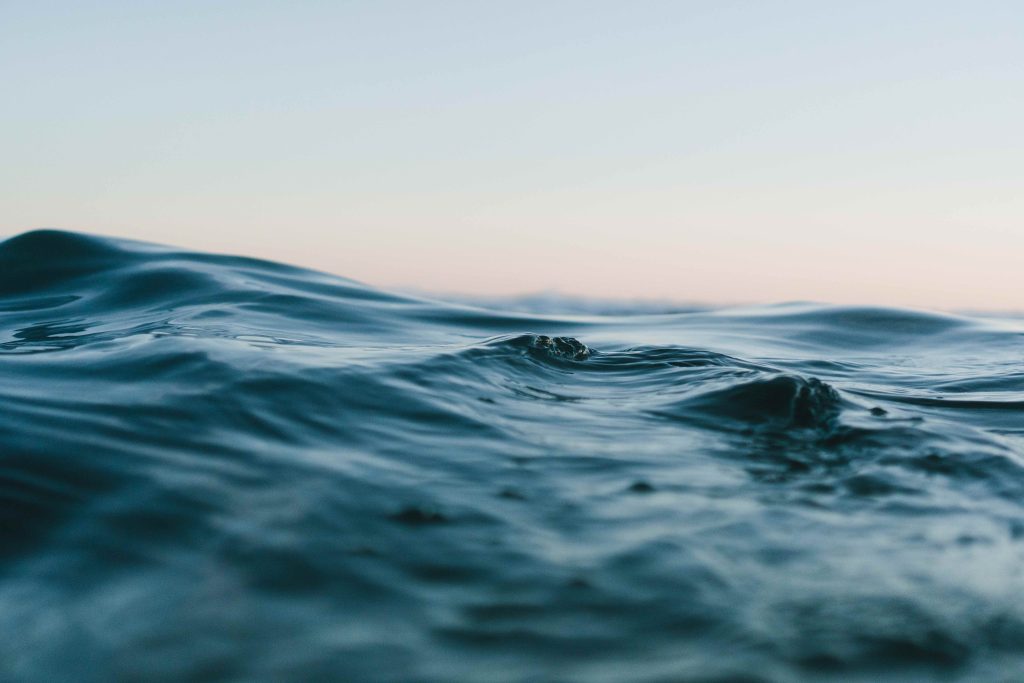

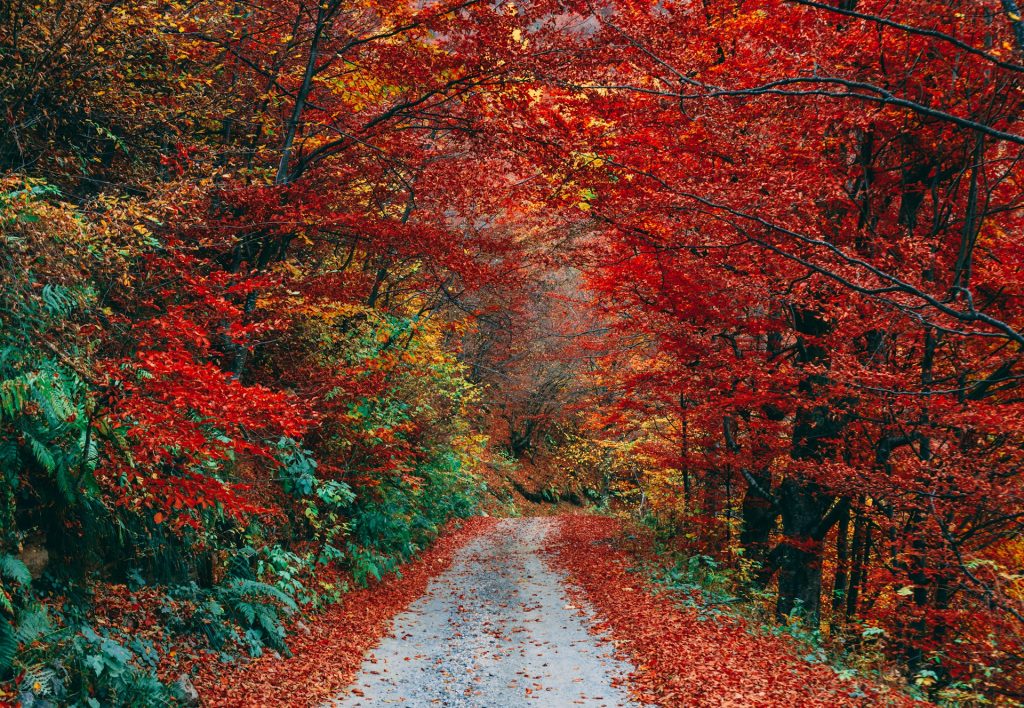
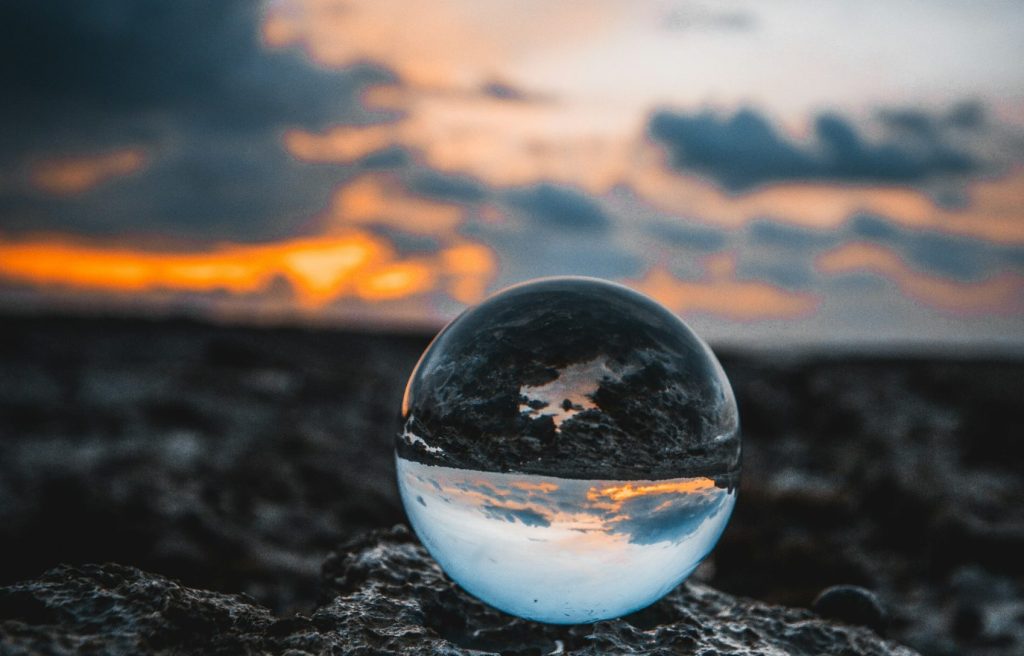
Aahh, Robin!
Again you touch my heart!
Yes!
Gratitude,
Richard
Aahh, Richard
Again you touch my heart!
Yes!
Gratitude,
Daniel